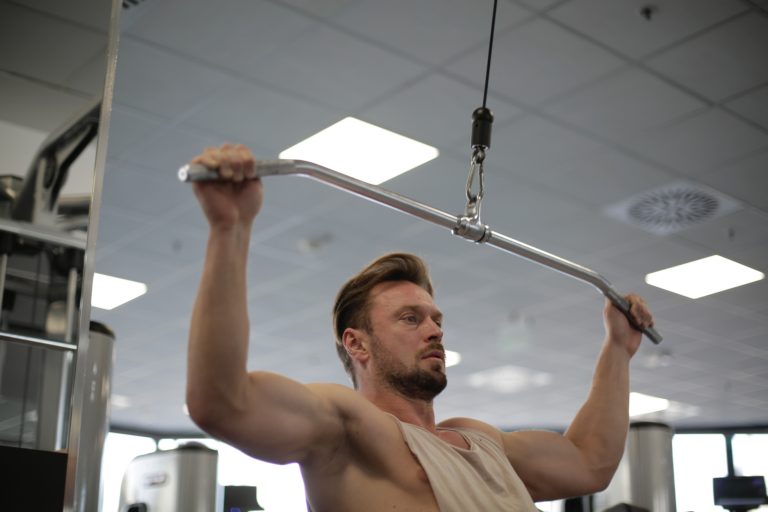If you have started strength training or are considering it in the near future, you will want to learn everything there is to know about progressive overload. Progressive overload is an increase in stress placed upon your body while training, whether that is in the form of additional weight, increased reps, or perhaps even more focus on better form and performance by adjusting tempo. If you have been lifting weights for some time and noticed that you hardly see any changes, it is because you have not been using the principles of progressive overload. In order to build muscle, you must challenge them, and the best way to do this is with progressive overload; if you always perform the exact same exercise routine with the same weight and number of reps, you are never going to see progress! Let’s look at how best you can use progressive overload!
Before we start, let’s just note that there is no hard and fast rule that we can give you regarding how much extra you should be adding to your load or how many extra reps you should do, as it is extremely individual. These rules, however, will help point you in the right direction and help you determine what progressive means to you and your body.
Perfect Form Is Superior to Everything Else!
Whether you are in a group class or working out in the gym, you may feel pressured due to those around you who are capable of handling heavier weight or doing more reps. The most important thing here to remember is that your form is more important than the amount of weight you use or the number of reps you perform, because incorrect form can lead to injuries and will hinder your growth. Before you even begin worrying about anything else, ensure you form is perfect – even if that means losing weights entirely for a bit until then! This is where working with a personal trainer can be so helpful, as they can help guide you and correct your form.
Start with Increasing Reps
For many people, it is best to start by increasing reps as opposed to weight. It may feel exciting and you may want to be able to grab the next jump up in weight, but hold your horses! Instead, increase your reps first. So, for example, if you are squatting with a 50 pound barbell for 10 reps, rather than introducing a new plate, aim for 12 reps, then progressively 15, moving onto 20. Once you have got to this point, you can then increase weight and drop your reps back down to 10.
Don’t be Too Hard on Yourself!
This is one of the most important things you need to remember regardless of what you are trying to achieve with your fitness goals. Some weeks are going to be better than others, but always try to get up and show up! All of our fitness journeys differ and are rarely linear. There will be times where you feel very tired and may not feel as strong as normal; listen to your body and decrease weight/reps if you feel this way.
There Are Many Factors That Can Affect the Results of Progressive Overload
Remember, there is so much more to progress than simply training. Your nutrition, stress levels, and sleep have a major impact on how your body responds to training. If all of these factors are not in sync, you will never see the progress you want. Keep all of your goals aligned and the progress you see will be tremendous!
You Can Achieve Progress Overload in Many Ways
Remember, progressive overload does not necessarily refer to increase in weight. In fact, progress overload is anything that increases the stress placed onto the body, and this can include volume, range of motion, density and frequency. Once you have perfected your form and are in a position to start challenging yourself, why not consider trying out some of the below progressive overload ideas:
- Lift the same load for a longer distance
- Lift the same load for an increased number of reps
- Increase load
- Lift load with increased speed
- Increase the number of training sessions per week
- Introduce static holds, partial reps and drop sets
- Decrease rest time in between sets
Training takes dedication and commitment, and at times, can be frustrating, but it can be so rewarding at the same time! Don’t become complacent in your routines, instead focus on how you can find new ways to switch up your training programs and challenge yourself, which can bring about such incredible results.




